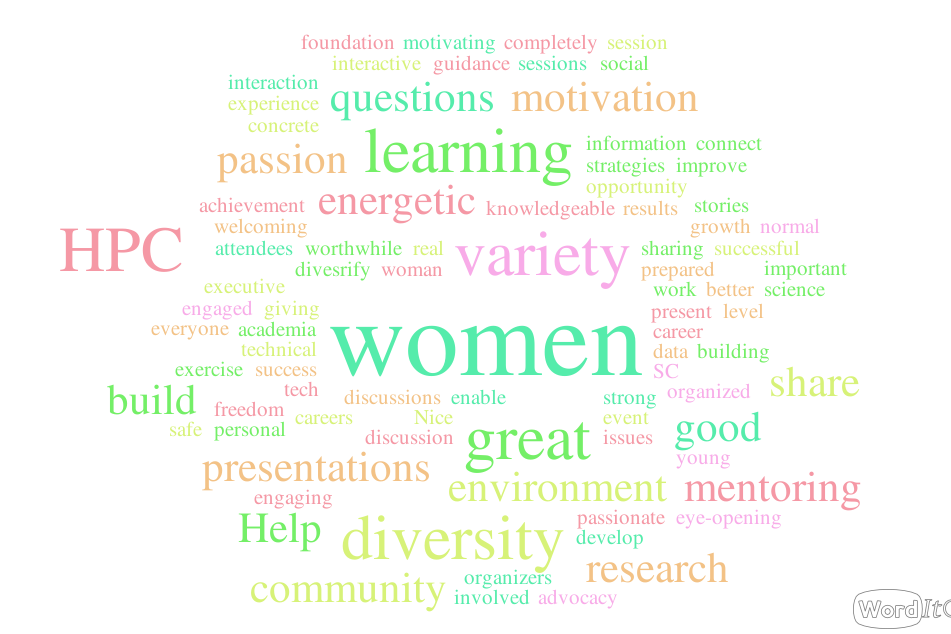
By: Angelo Apa, Technical Sales and Business Development Director Lenovo Data Center Group
Today, women make up at least 40 percent of the global workforce — and in some countries, more than half, according to the Pew Research Center. This figure, however, plummets across the globe once we zero in on the tech industry, where only 26 percent of all jobs, and just 5 percent of positions at the top of the corporate tech world, are held by women. Hired, a tech job marketplace, reported that nearly 63 percent of women are still offered lower salaries than men for the same job at the same company. Moreover, at 41 percent, female attrition within the industry is more than double that of their male counterparts (17 percent), according to the National Center for Women & Information Technology. In short, women trickle into the tech industry, are often undervalued, and leave at an alarming rate.
At Lenovo, women represent 35 percent of our workforce and hold 18 percent of our executive positions. Moreover, 25.8 percent of our tech roles are occupied by women, the second highest in the industry. While we are proud to be leading the pack, we recognise that it’s still not enough — nowhere near enough. So where can we begin to make positive change?
Start at the beginning of the pipeline
At ISC 2017, I had the opportunity to have a wonderful, open discussion with members of Women in High performance Computing (WHPC), including Toni Collis, the chair and co-founder. They brought to light a key area that I could address when hiring women into my personal team here at Lenovo Data Centre Group in the UK and Ireland region. Toni said women need to feel that they have 80 percent of the skills needed in order to feel comfortable applying for a job; whereas a man will take his chances with only 40 percent of the skills needed. This tells us that forward-thinking companies dedicated to diversity need to examine how job descriptions are presented and how they may appear to potential candidates. Hiring managers need to stop and ask themselves if job descriptions have an unconscious bias towards men — and they need to understand what that means.
Following the conference, I left feeling fascinated and motivated to dig even deeper. An American Psychology Association study revealed that when job posts were constructed to include more masculine wording, the number of women applicants was very low. Words such as ‘leader’, ‘competitive’, and ‘dominant’ are highly masculine and can deter a very capable woman from applying for the role. However, using words such as ‘support’, ‘understanding’, and ‘interpersonal’ didn’t deter men or women from applying for a role, making the job description more appealing to candidates of both genders and broadening the population of applicants significantly.
Put it into practice
With this new knowledge, I went back and worked with Yolanda Conyers, our Global Diversity Leader; Yvonne Meakin, our EMEA HR Director; and Michaela Smidova, our EMEA Recruitment Leader to apply this thinking to the way we recruit and hire our future workforce. We worked out how we could be more appealing to more women. We tested some of the job descriptions and modified those with gender bias. After devoting ourselves to this project over the past year, I am pleased to say that our process now ensures that jobs are described in a much more gender-agnostic way, using less aggressive vocabulary and favouring more inclusive language. We even created a soon-to-be-launched video tool that will help hiring managers understand what a good job description entails and motivate them to get onboard with this initiative.
Keep it going
At Lenovo, we believe that changing something as seemingly simple as a job description is a first foundational step towards company-wide diversity. It ensures that we as a company are not only open to the idea of diversity, but we are taking active steps to achieve it. Once we have the talent we need in our company, we can focus on mentoring and promoting deserving women and men and building the creativity and breadth of views in our leadership team. This is how we push our employees, and our company as a whole, towards success.
About the author: Angelo Apa, Technical & Business Development Director, Lenovo Data Center, UKI
[one_third valign=”top” animation=”none”]

[/one_third]
[two_third_last valign=”top” animation=”none”]
Twitter: @AngeloApa2
LinkedIn: https://www.linkedin.com/in/angelo-apa-6037891/
Angelo has been in the IT industry since 1987, with twenty years in IBM and now Lenovo being preceded by time served in distribution and a fledgling PC vendor called Amstrad in the UK. In IBM he remained primarily in the “x86 space” as a new business seller, a builder of new divisions such as the HPC and Linux business and channel leader in the UK, Paris, Zurich and in South Africa.
Moving back to the UK&I division from the EMEA Geo where he managed the solutions and MSP business and was heavily involved in the transition to Lenovo, he is now the Technical & Business Development Director focusing upon delivering customer value through relationships with key solution vendors and business partners, along with his small but perfectly formed team and valued relationships at an EMEA level.
Angelo has in the past started additional companies including a coffee company in South Africa which was then given to the employees as a method of allowing them to build a better life for themselves. He was a Formula 1 marshal for 13 years, a motor boat skipper and poor sailor, passing through numerous interests now focuses on maintaining an ability to ski faster than his age, running and playing the guitar really badly.
[/two_third_last]

